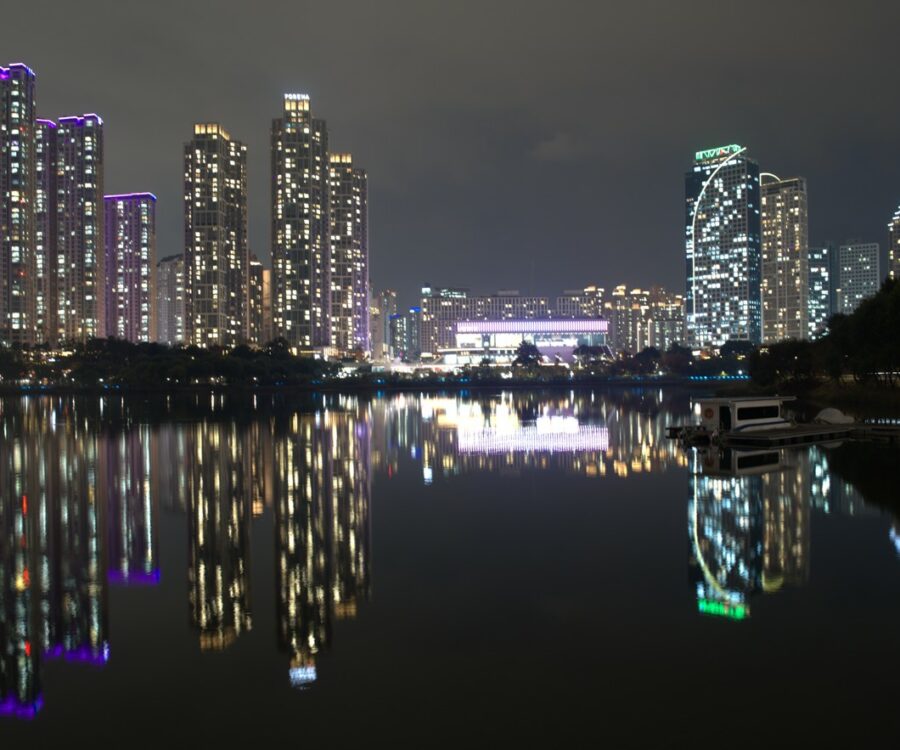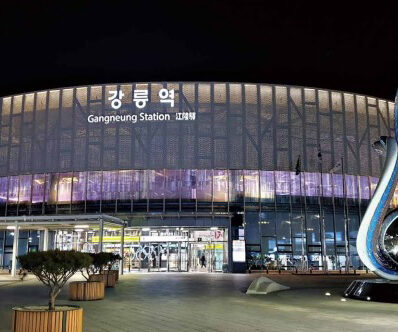When you think of island getaways in Korea, Jeju often steals the spotlight. But did you know the peninsula is fringed by three distinct seas—East, West, and South—boasting over 3,000 islands waiting to be discovered? Far from the crowds, these gems offer dramatic coastlines, tranquil villages, and landscapes sculpted by their unique maritime climates. Ready to forget the urban hustle? Let’s explore four exotic isles where you can truly cast away from busy city life.
1. Geoje Island (South Sea, Gyeongsangnam-do)
Geoje is the largest island in Namhae(South Sea) area of Korean peninsula, linked by bridges to Tongyeong and Busan—making it one of the most accessible escapes from Korea’s coastal cities. A key highlight is Hallyeohaesang National Marine Park, Korea’s first and only national marine park, spanning vibrant marine ecosystems and towering rocky islets.
Among these, Oedo Botania astonishes visitors with Mediterranean-style gardens and sculptures on a former uninhabited island—sparkling with subtropical greenery cultivated since the 1970s. Look out for Haegeumgang, a dramatic sea rock formation glimpsed during ferry rides.
Become a symbol of a citizen-made beauty, Maemiseong Fortress, built single-handedly post-2003’s Typhoon Maemi to protect farms, now is more than an amateur’s feel-worthy castle complete.


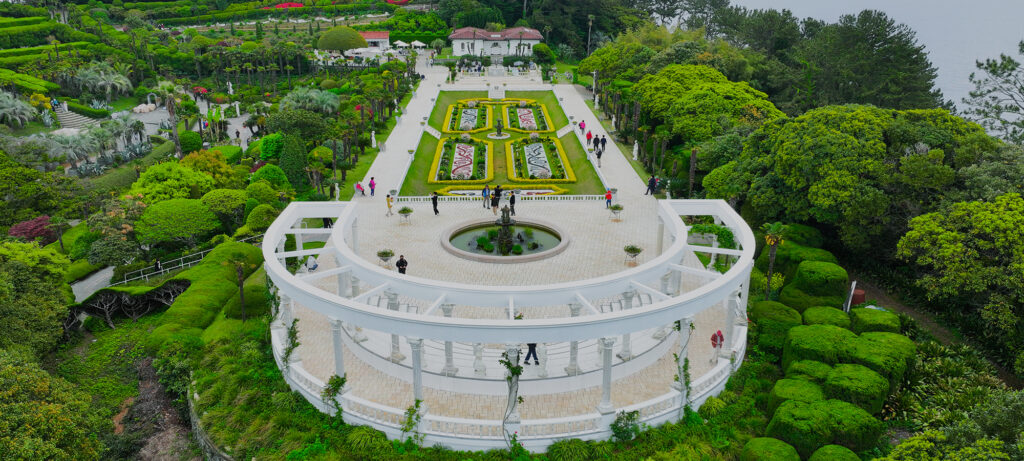
How to Get There:
- From Seoul : Express bus at Seoul Nambu Terminal (6 hours)
- From Busan or Tongyeong : Express bus or taxi (1-2 hours)
2. Anjwa Island (West Sea, Jeollanam-do)
Known as Purple Island, it has become a symbolic K-pop pilgrimage site. Benches and murals emblazoned with “I Purple You” are scattered across the island, drawing fans from around the world.
In spring, lavender fields and purple-painted buildings bloom into a purple wonderland—complete with lavender fests and floral art installations. The iconic “Purple Bridge” links the islands, offering the perfect photo backdrop.
Beyond social media appeal, Anjwa was once a traditional fishing and farming community, named for historical cultivation of kohlrabi and bellflower. The island is also a living museum of West Sea culture with modern art pioneer Kim Whanki’s house and museum.
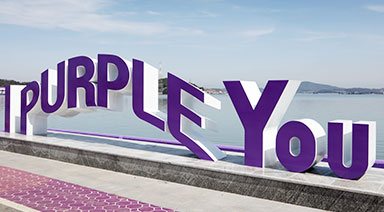

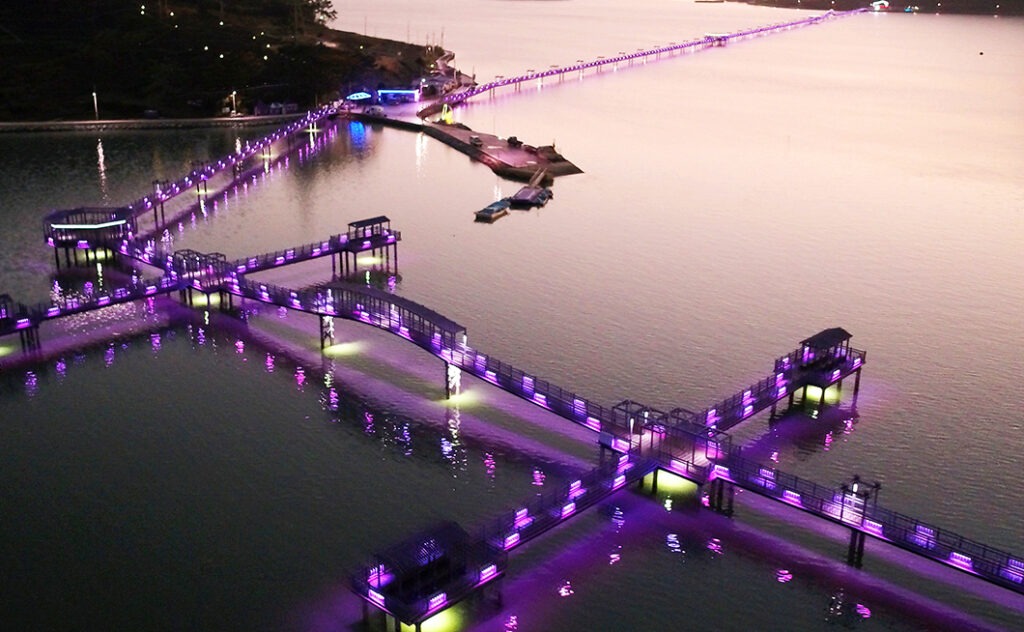
How to Get There:
- Get to Mokpo via either KTX or Express bus
- Take a taxi to Duri Marina(1 hour)
or take a ferry at Mokpo Ferry Passenger Terminal to Anjwa Island(1 hour)
3. Ulleung Island (East Sea, Gyeongsangbuk-do)
Rising from the East Sea, Ulleungdo is a volcanic gem celebrated for its rugged cliffs, clear waters, and serene forests. Its landscape is characterized by Seonginbong peak, the island’s highest point, and Haengnam Coastal Walk, a cliffside trail offering dramatic sea views.
Most Korean visitors to Ulleung expect to make a journey to Dokdo, South Korea’s easternmost territory. Though access to Dokdo is strictly limited, you can glimpse Dokdo Island in ultra-clear weather from Dodong Lighthouse.
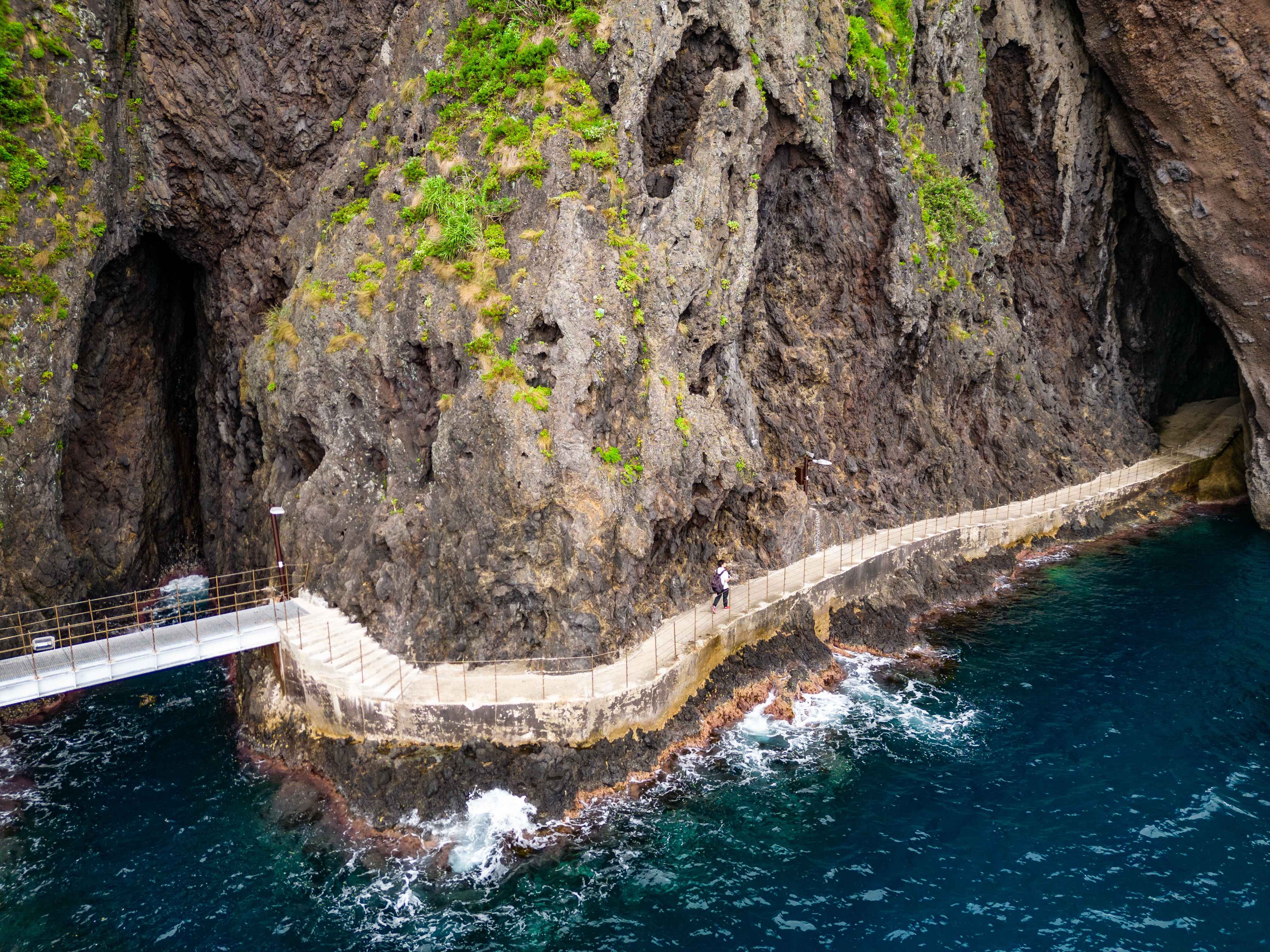
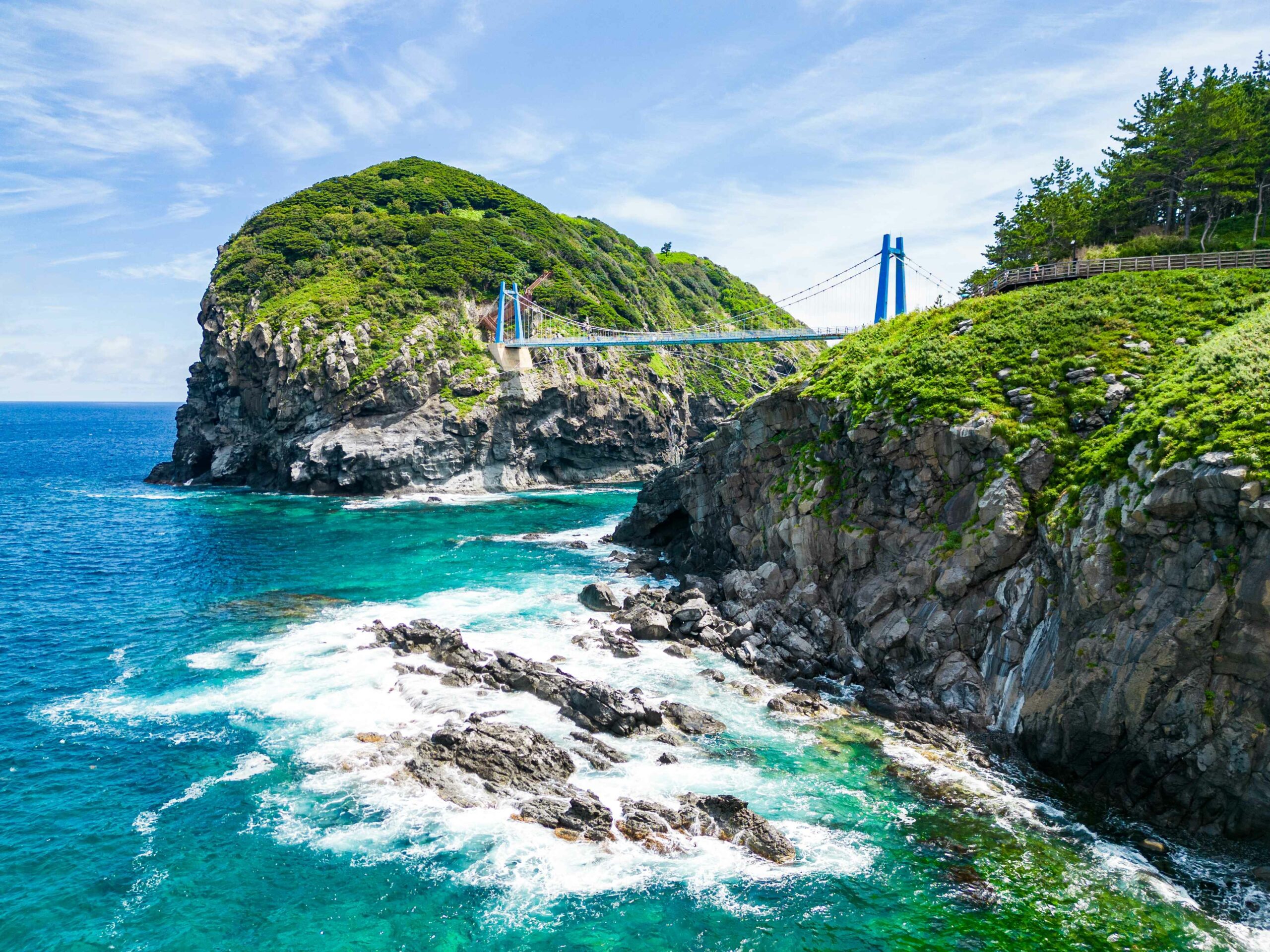
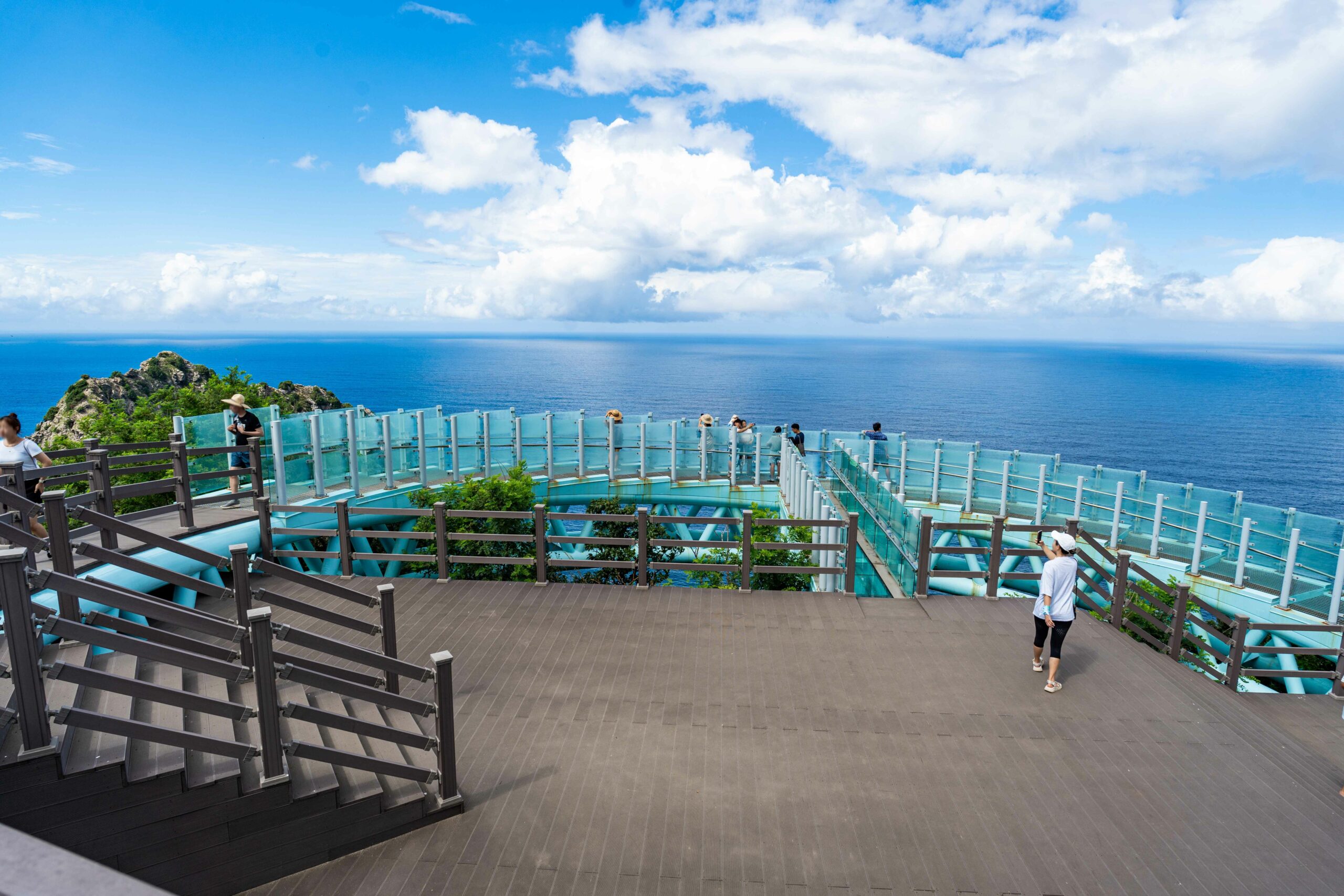
How to Get There:
- From Seoul: Take KTX or express bus to Gangneung, then take a 3‑hour ferry from Gangeung Port to Ulleung.
4. Daecheong Island (West Sea, Incheon)
Nestled in the West Sea, Daecheong Island will be the best option for hikers, campers, and night-sky gazers. Its distance from Seoul looks like only a pinch size in Google Maps, but the nature wonder that the island can give is enourmous.
The island is largely pedestrian—vehicles are rare—making it ideal for hiking along exotic coastal dunes, photographing the West Cliff (서풍받이). If you are willing to embrace the whole nature thing in the island, pack your camping gears. A night under unpolluted skies will reveal unforgettable Milky Way.

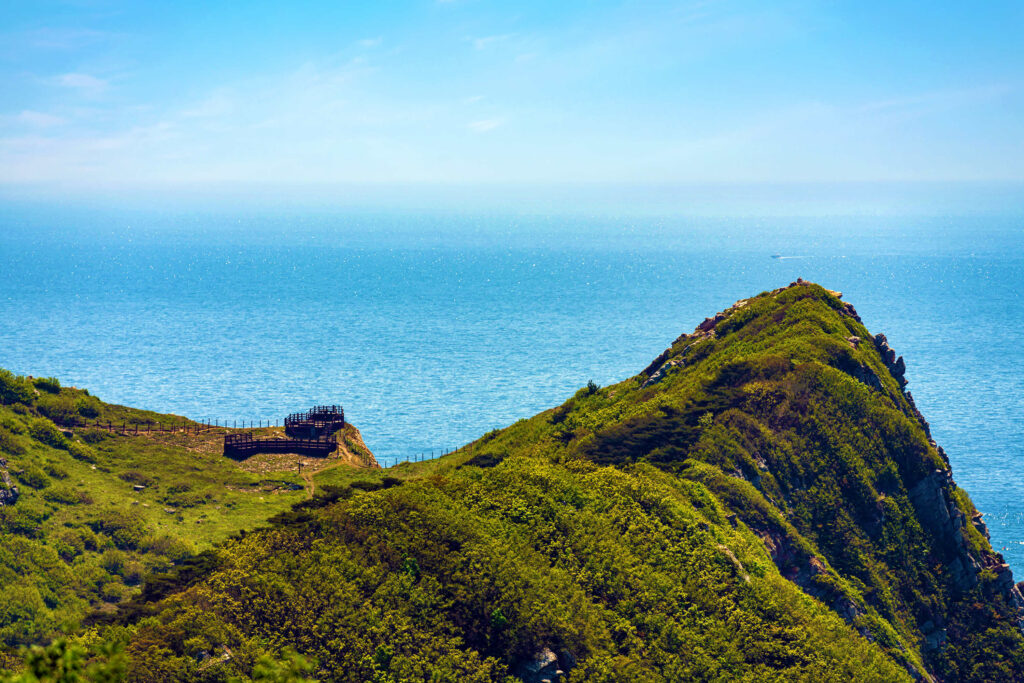

How to Get There:
- From Seoul: Ride metro/subway to Incheon Station, take a taxi to Incheon Coastal Ferry Terminal, then ride a 3–3.5 hour ferry to Daecheong.


